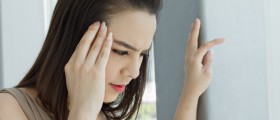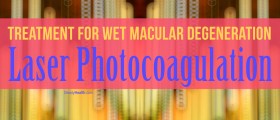
Amblyopia is actually another term for the problem known as lazy eye. Although the greatest majority of people has heard about it, only a small part of them is aware of what this problem is actually all about. This is why it is not rare that the condition in question is mistaken for some other vision problem, particularly strabismus. And even though these two conditions are similar to a certain extent, there is a significant difference. Lazy eye can affect both eyes, although it usually affects only one, and the result is reduced visual acuity. People who have amblyopia do not have any visible or apparent damage to the eye in question, because the condition is actually a result of the brain’s inability to translate visual information that the eye is trying to transmit. Under such circumstances, the brain begins to favor one eye over another, which is why the weaker eye begins to wander, and eventually the signals that it tries to send to the brain are completely ignored. The condition develops in infancy or in early childhood and leaving it untreated is very likely to result in a severe loss of vision.
What about the treatment options, are there any?
There are some options that can help in correcting the problem, but it would be perfect to conduct the treatment early in the childhood, before the connections between the eye and the brain are completely formed. The earlier the whole process begins, the better the chances to improve one’s vision are. It is not complicated to set the diagnosis, and the specialist will suggest the most suitable treatment option. In cases of children, at least in the majority of cases of children, it usually does not take more than several months for the improvement of vision to become obvious, although there are exceptions. Available options include corrective eye wear, eye patches, eyedrops and surgery, which is suggested only in the most serious cases, when the child suffers from droopy eyelids, cataracts, or when its eyes are crossed or deviated.
As for corrective glasses or contact lenses, they are usually recommended in cases or nearsightedness or farsightedness, as well as in cases of astigmatism, since these conditions contribute to amblyopia. Eye patches over the stronger eye are recommended in order to stimulate the weaker eye and to help the part of the brain which should receive the signals from the weaker eye to develop. Eyedrops are used in order to blur the vision in the stronger eye so that the weaker eye would be used more.
- medlineplus.gov/amblyopia.html
- www.cdc.gov/features/healthyvision/index.html
- Photo courtesy of National Eye Institute by Flickr: www.flickr.com/photos/nationaleyeinstitute/7543734224/

















Your thoughts on this
Loading...